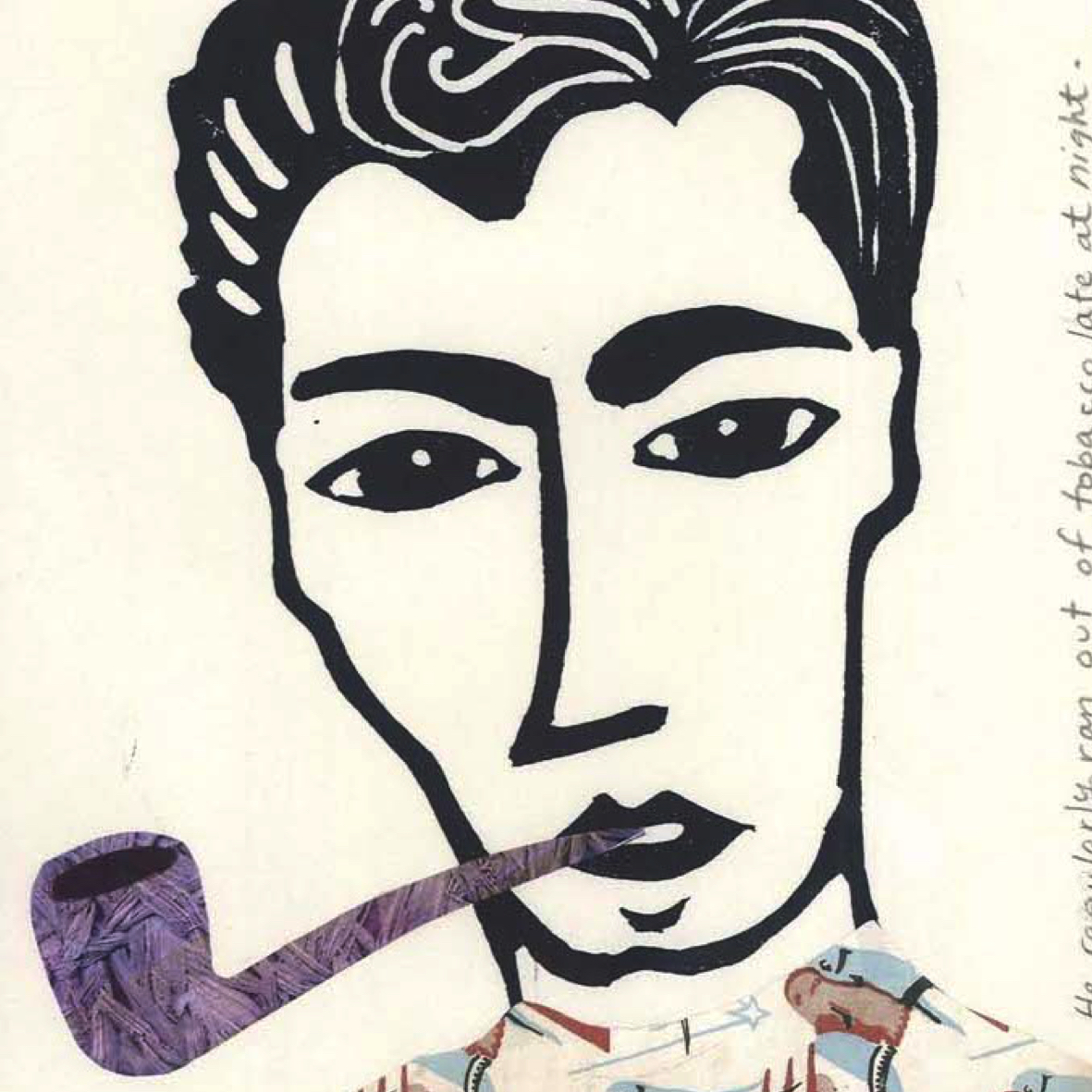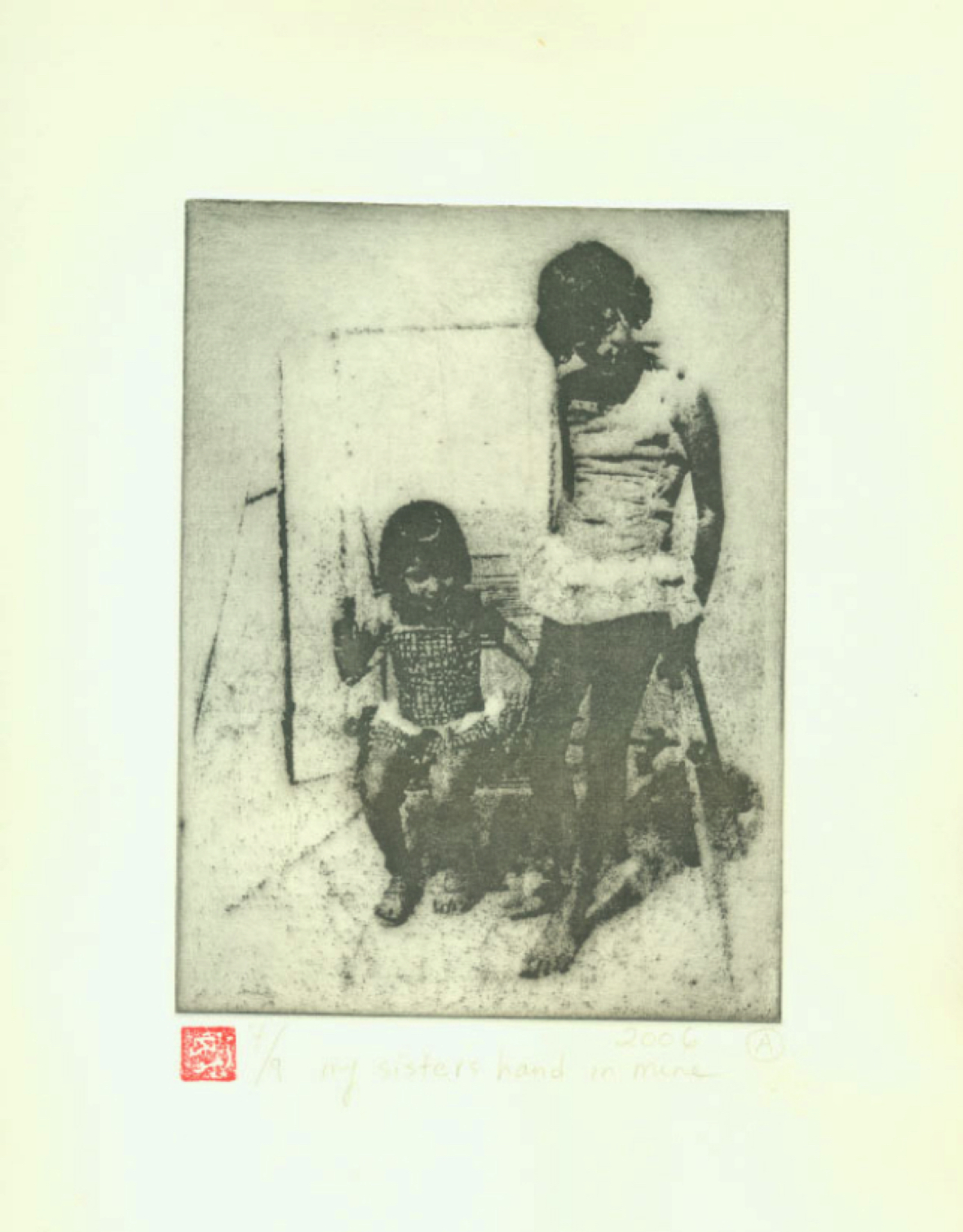His house was full of welcoming mysteries, except for one room …
My grandfather, or, ‘Baba Joon’ as we used to call him, was the only one in his neighbourhood who had a pet dog. Gilda, the brown spaniel, came from a line of dogs going back many generations, all of whom were called Gilda, regardless of their sex; it was a homage to Rita Hayworth’s character in the movie of the same name. She was my grandfather’s favourite actress.
He was a fun-loving man, our Baba Joon. In addition to an acute addiction to tea, he was partial to a nice game of backgammon, and called Tuesdays ‘rummy days’, since he spent the entire day playing cards while smoking pipes filled with foreign tobacco. He also held poetry reading parties every Thursday, which were attended by many well-known poets, as well as enthusiasts.
My family took the business of eating very seriously, and Friday lunches could take hours. If we didn’t go to my Aunt Fati’s (my father’s older sister), we would go to Baba Joon’s house instead, especially in the summer. There, we would eat in the garden, and after lunch, would run around with the other kids while the grown-ups drank tea, gossiped, or played backgammon. We all loved that house.
Even after the death of my grandmother, Baba Joon had carried on living in that huge house surrounded by a lovely garden. The house dated back to the mid-19th century, and was built around a stone courtyard with a tiled pool in the middle. Before the arrival of the refrigerator in Iran, drinks used to be left in the pool overnight to cool; but growing up, it was only used by us kids to float paper boats on in the summer, or to slide flat rocks on its frozen surface in the winter. It was a beautiful hexagonal pool; the blue mosaics in it would change colour depending on the light.

Father (from Afsoon’s Nostalgia series)
On hot summer days, my sister and I would cool our feet in the pool or play hide-and-seek in the garden, with its flowerbeds edged with blue tiles. In the winter, we would sneak into Baba Joon’s library, lie on the big and dusty red carpets next to a large, ancient heater, and read children’s books that had been collected over the years. His house was full of welcoming mysteries, except for one room on the top floor called ‘the salon’. It was rarely open, and only used for ‘important’ visitors. When they came, the door would close in our faces, and only the talk of politics and the smell of tobacco would reach us from behind its doors.
The salon was a large room with high ceilings, and the sofa and chairs were covered in soft grey and lavender stripes. There were also little wooden tables in front of each seat, ready to be covered with glasses of tea and plates of sweets. But the extraordinary thing about the room was one of its walls, which consisted of a huge, stained glass window overlooking the courtyard. The small fragments of glass had been shaped into birds, rivers, and round hills. On sunny days, the whole room would be bathed in patterns of ruby, emerald, and turquoise – my grandmother’s favourite colours. Baba Joon had made the glass wall for her many years before, and when my father was a young boy, they all used to have their afternoon tea in the salon.
We wanted to be covered by the colours. We wanted to be pink, or green, or blue, or simply lost in a room made of love
My sister and I longed to be allowed in the salon. We wanted to sit on the striped chairs, run our hands over the shiny little tables, and help ourselves to the boiled sweets kept in the covered glass jars on the side board; but, most of all, we wanted to be near the glass wall, to look at the birds, to count the hills, to find the little cracks that had started appearing in the glass. We wanted to be covered by the colours. We wanted to be pink, or green, or blue, or simply lost in a room made of love. Instead, we played with Gilda, picked fruits, and harassed the old cook for sweets and sherbets.

My Sister’s Hand in Mine (from Afsoon’s Nostalgia series)
Years went by, and as we all got older and busier, our Friday lunches became less and less frequent. My sister was now a married woman, and I would soon be going on a journey that would take me far away from my homeland for many years. During one of my last days in Iran, I decided to visit Baba Joon to say goodbye. As I opened the wooden gate of the house, the barks of yet another Gilda filled the garden. I rushed towards the house, stepping over scattered blossoms and pigeon droppings. I called for the new cook, the daughter of the cook of my childhood. ‘Agha is in the salon’, she told me. I walked up the narrow staircase hesitantly; the little girl inside me had returned. The door was partly open, and the early spring light had turned the room into a hazy mix of colours. I walked closer. The room looked smaller, the chairs older, and the tables dusty and in the way of things. Only the glass wall was still the same, more or less.
My grandfather was sitting on one of the chairs facing the glass wall. ‘Baba Joon, I came to say goodbye’, I said to his back. He turned slowly to face me. Even while sitting down, his bent back stopped him from lifting his head up straight. He looked at me, and I saw drops of ruby, emerald, and turquoise rolling down his wrinkled cheeks.
